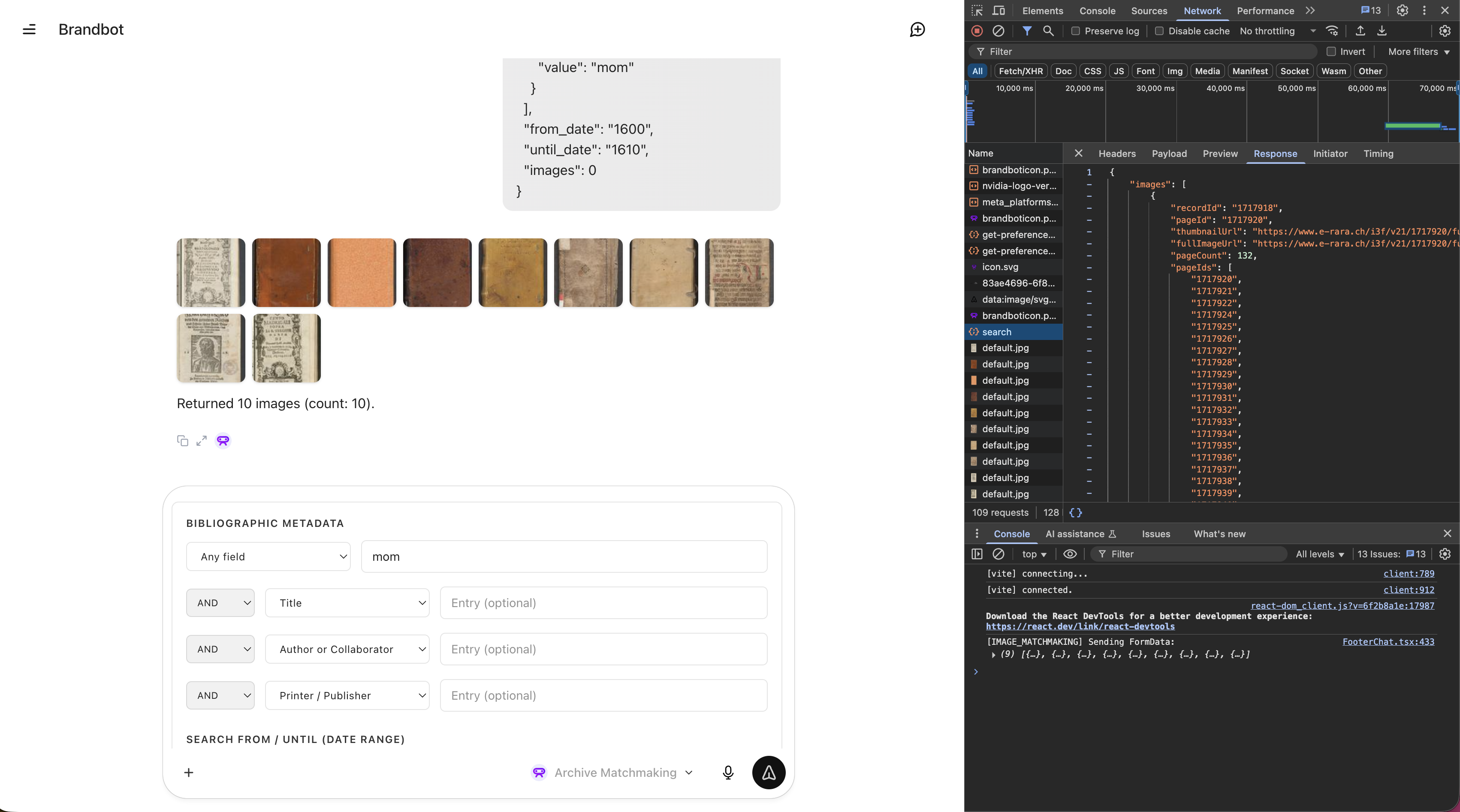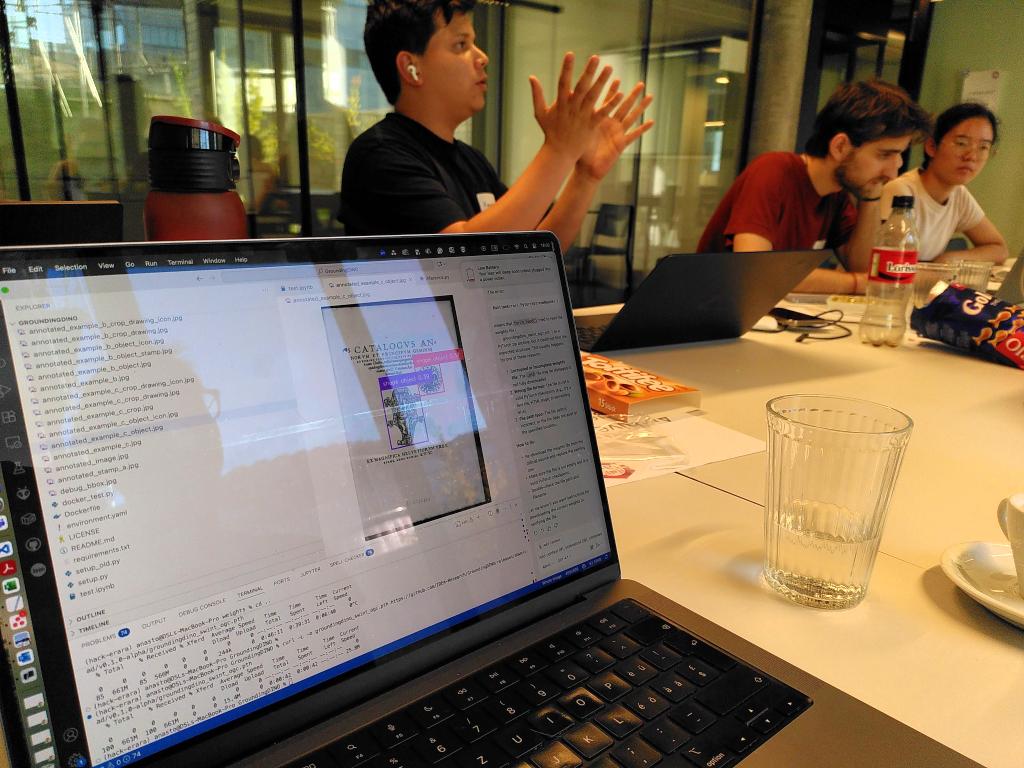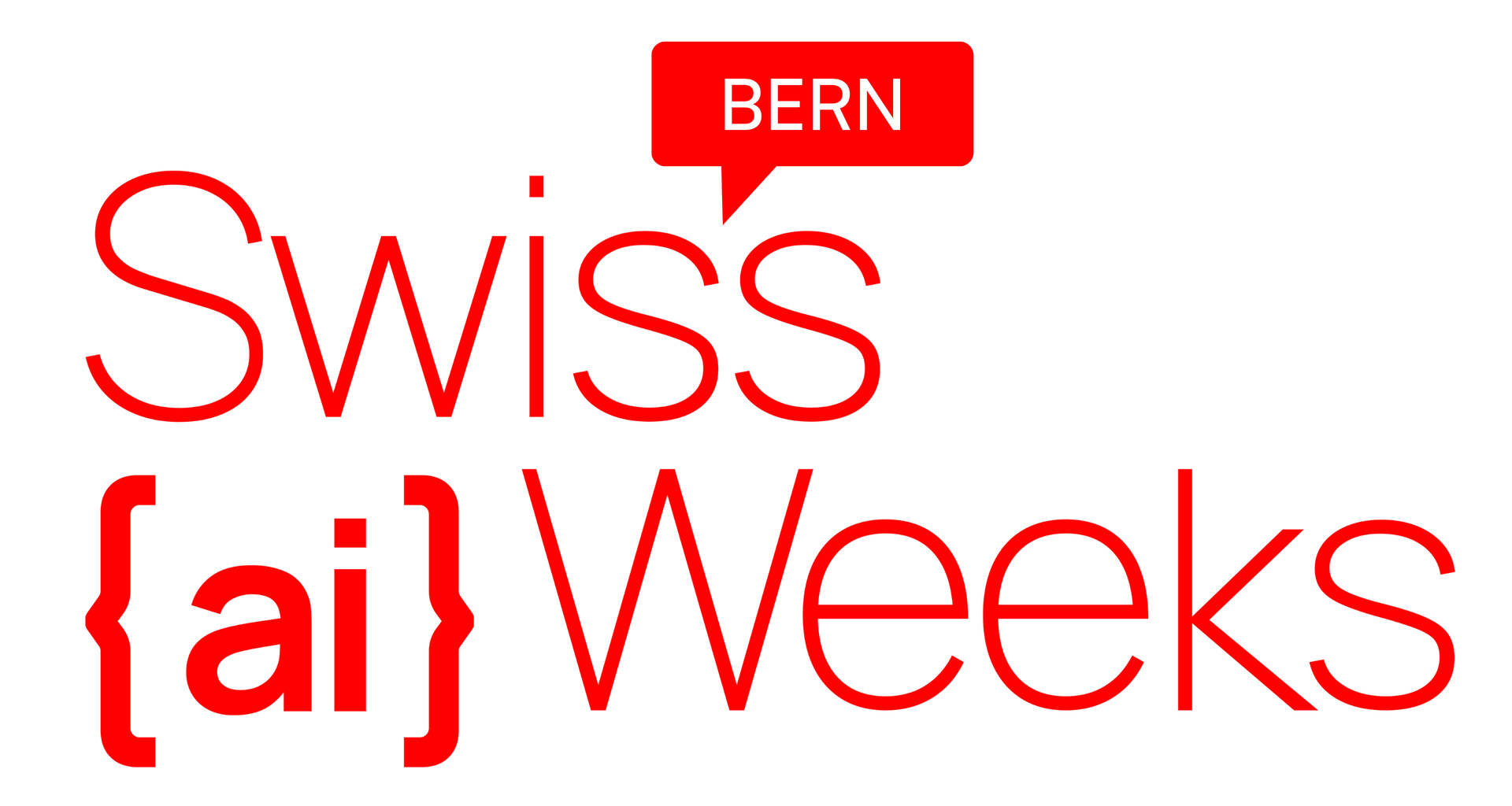Congratulations 🎉 Details on the vote here
| 6 | 57 | 48 |
|---|
People's choice
Research
EVALUATION:
Technical Functionality: 4 (excellent)
The documentation shows that the team has advanced significantly with AI integration. Though not everything works yet, they have shown steps of technical achievement, particularly with the approach of generating embeddings from images and using convolutional neural networks for comparison, which is a strong technical approach to achieve the goal. Some features function well, while others are still in development, indicating a good starting point.
User Experience: 2 (fair)
The documentation does show some mockups and general ideas of interface design, but it does not reflect a fully realized responsive user interface. There seems to be an idea of making the tool simple to use, but it remains largely theoretical. As of current documentation, the user experience element needs more work to be fair rated, and this is a point that would benefit from further development.
Skillful use of AI: 4 (excellent)
The team has demonstrated skillful integration of AI, particularly in the use of convolutional neural networks and transformers for image analysis and comparison. This is a strong area for the project and shows a clear understanding of leveraging AI for the task at hand. However, the implementation will likely need further refinement, warranting the 4 rather than 5.
Uniqueness / Creativity / Fun Factor: 3 (good)
While the idea of leveraging AI to mine e-rara's extensive archive for recurring motifs is creative and useful for scholars and researchers, the uniqueness factor is slightly tempered by the fact that such approaches are increasingly being adopted in digital humanities. However, it could have significant value if executed well given its focus on historical research. The fun factor would largely depend on the user interface and usability of the final product.
Potential / Market Impact: 4 (excellent)
The idea has clear potential for significant impact in the field of art history and historical research. By making accessible recurring visual motifs or specific content images across a large archive, it could greatly aid researchers. The market potential is high due to the increasing push towards digital humanities and the unique value this tool could bring to scholars and institutions with similar archival resources.
Overall Project Review: The project stands out for its clear potential to address real needs in art history and related fields with cutting-edge AI techniques. However, it needs further development to maintain a high-level user experience and to refine the technical functionality. The team could benefit from focusing on usability and user interface refinement to solidify its impact. Keep refining the technical approach and consider user testing early to fine-tune the product.
The project has hit the marks in leveraging AI, posing high potential impact and beginning to tackle a very specific and useful challenge in art historical research. It could benefit from additional focus on user interface design and the crafting of a final, full-featured (rather than proof-of-concept) tool. The team is on the right track, with improvements in these areas likely to significantly elevate the product.
🅰️ℹ️ generated with APERTUS-70B-INSTRUCT
Event finish
first commit (@xaviermolinaa)

Research
Hyperfocused on finalizing the solution that... WORKS!
JOINED
Project
 The team is on its way with a solution approach to mapping similarity between types of content. There are useful convolution networks, and we could generate embeddings on the basis of a database. Then we would filter pictures using embeddings closest to a query. Using a vision transformer combined with text embedding, were able to detect the shapes, and we are working on a combined solution.
The team is on its way with a solution approach to mapping similarity between types of content. There are useful convolution networks, and we could generate embeddings on the basis of a database. Then we would filter pictures using embeddings closest to a query. Using a vision transformer combined with text embedding, were able to detect the shapes, and we are working on a combined solution.
Start
JOINED
Added image
Hackathon Bern
